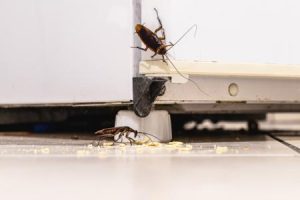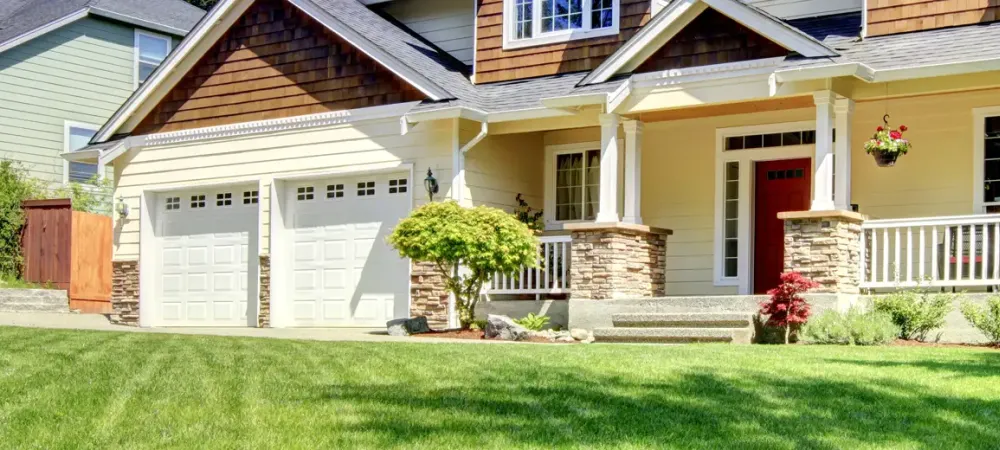Without consistent pest control treatments, some household areas become prime targets for reinfestations. These areas provide the moisture, food sources, shelter, and access routes that pests need to establish colonies and multiply rapidly.
What Are High-Risk Pest Areas?
High-risk pest areas are specific locations within homes that naturally attract and harbor various types of unwanted insects, rodents, and other pests. These zones typically share common characteristics that make them ideal for pest survival and reproduction: access to water sources, food particles, warmth, shelter, and minimal human disturbance. Understanding these vulnerable areas is crucial for effective pest management, as they serve as the primary staging grounds where small pest problems can quickly escalate into major infestations without proper intervention and regular treatment protocols.
Key Benefits of Regular Pest Treatment in These Areas
- Prevention of Colony Establishment – Regular treatments disrupt pest life cycles before they can establish breeding populations, preventing small problems from becoming major infestations that require extensive remediation efforts.
- Protection of Property Value – Consistent pest control protects structural integrity by preventing damage from termites, carpenter ants, and rodents that can compromise wood framing, insulation, and electrical systems over time.
- Health and Safety Maintenance – Ongoing treatments reduce exposure to disease-carrying pests like cockroaches, flies, and rodents that can contaminate food surfaces and spread pathogens throughout living spaces.
Types of Pest-Prone Household Areas
Type 1: Moisture-Rich Zones
- Description: Bathrooms, basements, crawl spaces, and areas around plumbing fixtures
- Best for: Cockroaches, silverfish, centipedes, and mold-loving insects
- Pros and cons: Easy to identify problem areas, but humidity levels make treatment challenging and require specialized approaches

Type 2: Food Storage and Preparation Areas
- Description: Kitchens, pantries, dining rooms, and pet feeding stations
- Best for: Ants, flies, pantry moths, and rodents seeking easy food access
- Pros and cons: High pest activity makes problems obvious, but food safety concerns limit treatment options in active cooking areas
Type 3: Transition and Entry Zones
- Description: Garages, attics, doorways, window frames, and utility access points
- Best for: Spiders, wasps, mice, and seasonal invaders seeking shelter
- Pros and cons: Critical for preventing initial infestations, but often overlooked during routine home maintenance
How to Implement Effective Area-Specific Pest Control
- Step 1: Conduct thorough inspections of all high-risk areas monthly, looking for signs of pest activity including droppings, damaged materials, unusual odors, and live or dead insects.
- Step 2: Establish targeted treatment schedules based on seasonal pest patterns, applying preventive barriers during peak activity periods and maintaining residual treatments in vulnerable locations.
- Step 3: Monitor and document pest activity levels in each area, adjusting treatment frequency and methods based on observed results and environmental changes that may affect pest pressure.
Regional Considerations for Pest Management
- Climate Impact: Humid regions experience year-round pest pressure requiring consistent treatments, while areas with distinct seasons may focus intensive efforts during spring and fall migration periods.
- Seasonal Adjustments: Winter preparations should emphasize sealing entry points and treating indoor harborage areas, while summer protocols focus on moisture control and outdoor perimeter treatments. Different pests become active at different times of the year, so understanding their seasonal patterns is key to effective prevention.
- Local Pest Species: Treatment strategies must account for region-specific threats such as fire ants in southern climates, carpenter ants in wooded areas, or desert pests in arid environments.
Common Mistakes to Avoid
- Mistake 1: Inconsistent Treatment Schedules – Skipping regular maintenance allows pest populations to recover and rebuild between treatments, often resulting in larger infestations that require more intensive intervention than consistent prevention would have required.
- Mistake 2: Focusing Only on Visible Problem Areas – Treating symptoms while ignoring source areas allows pests to continue breeding in untreated zones, leading to recurring problems that seem impossible to eliminate completely.
- Mistake 3: Using Generic Approaches for All Areas – Applying the same treatment method to different environments reduces effectiveness, as kitchen pest control requirements differ significantly from basement or attic treatment protocols.
Frequently Asked Questions
How often should high-risk areas receive pest treatment?
Most high-risk household areas benefit from quarterly professional treatments, with monthly inspections and spot treatments as needed. Kitchens and bathrooms may require more frequent attention during warm months when pest activity peaks.
Can I treat these areas myself, or do I need professional service?
While homeowners can perform basic maintenance like sealing cracks and removing food sources, professional treatments provide specialized products and expertise necessary for long-term control in challenging areas like crawl spaces and wall voids.
What signs indicate that treatment frequency should be increased?
Persistent pest sightings despite recent treatment, discovery of new damage or nesting materials, increased activity in previously controlled areas, or seasonal changes that create more favorable conditions for pest survival.
Professional Pest Control Services
When dealing with persistent pest problems in these critical household areas, professional expertise makes the difference between temporary relief and long-term control. Triangle Pest Control specializes in comprehensive area-specific treatment programs that address the unique challenges of each vulnerable zone in your home. Our trained technicians understand the behavior patterns and treatment requirements for different pest species, ensuring effective protection tailored to your specific situation. Contact Triangle Pest Control at 919-552-1548 to schedule a thorough inspection and develop a customized treatment plan that keeps these high-risk areas pest-free year-round.


